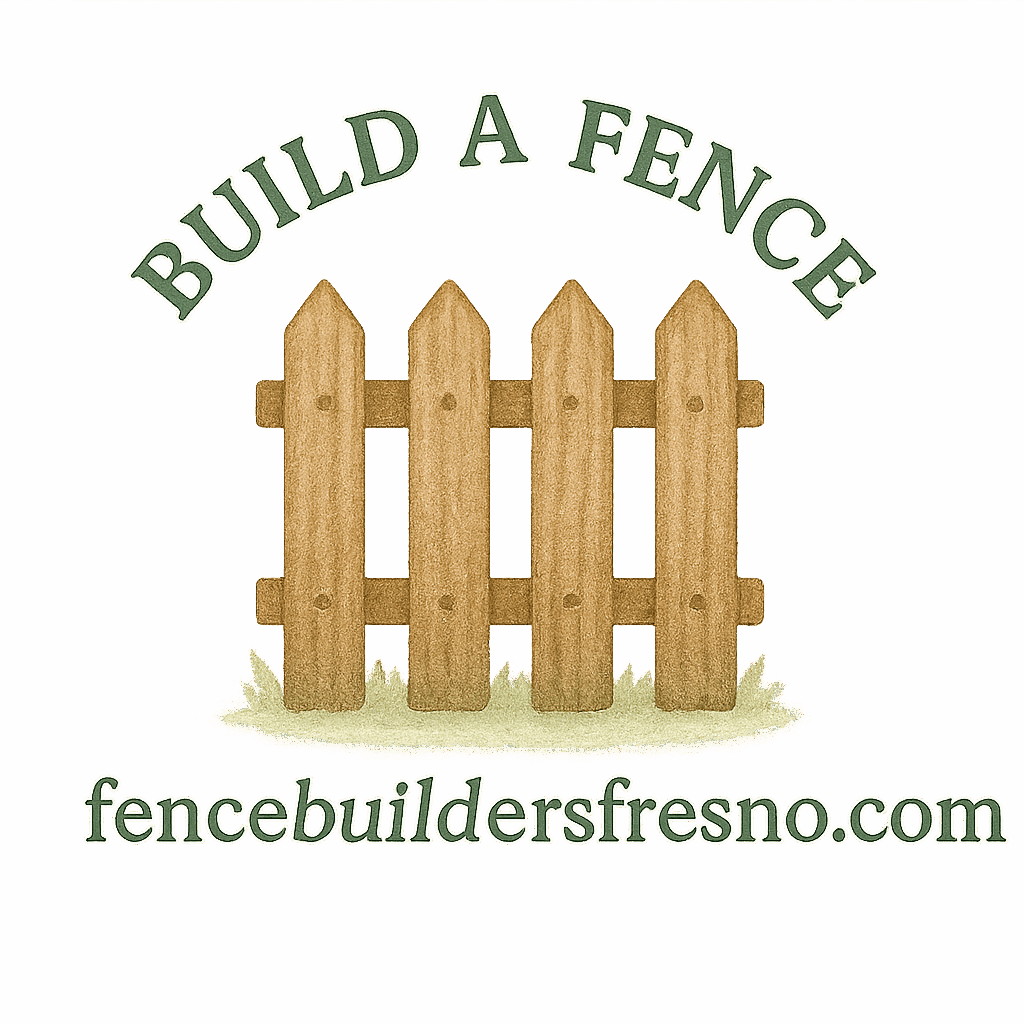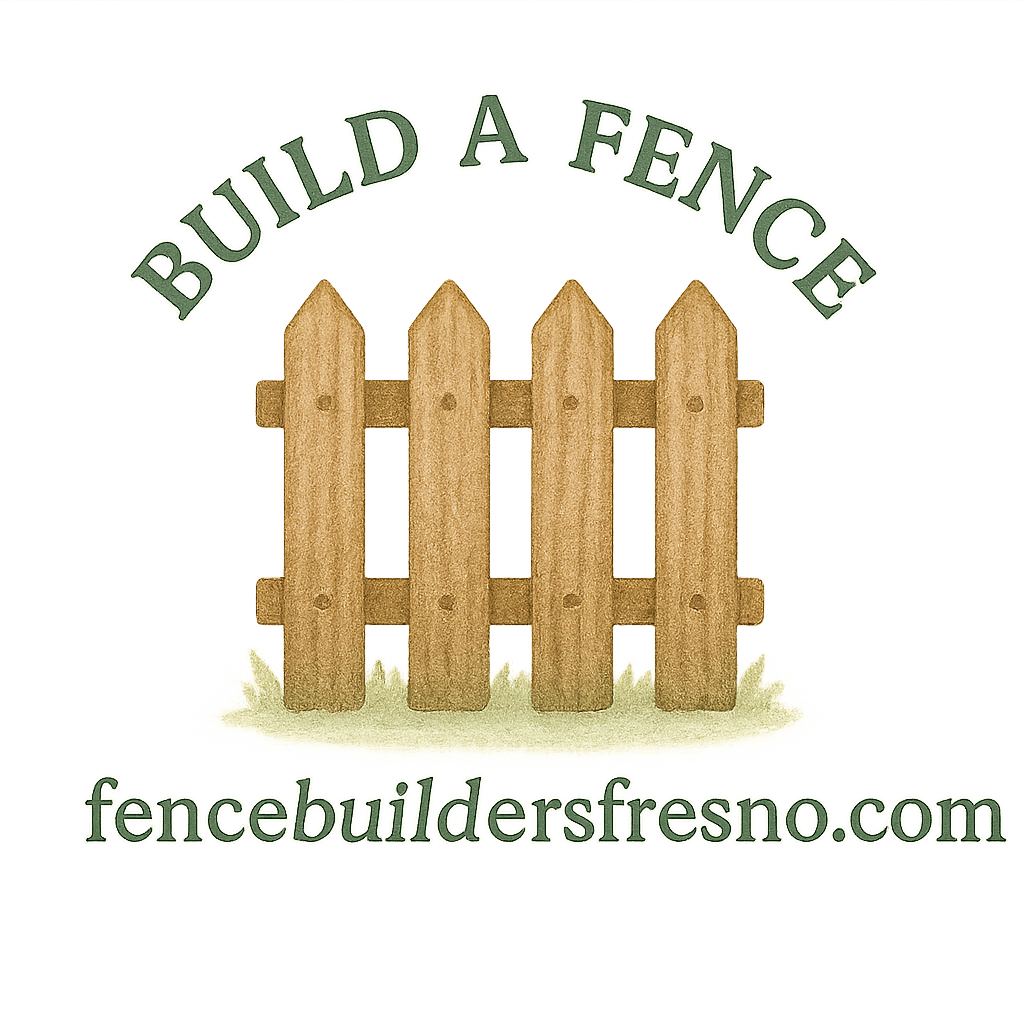Introduction
Building a fence may seem like a straightforward weekend project, but it’s a lot more than hammering nails into wood. Whether you’re upgrading your backyard privacy or installing a decorative fence out front, your safety (and others’) should be your top priority.
Let’s dive into the 7 most important safety tips when building a fence to protect your home, health, and property. Plus, we’ll throw in some expert advice, real-life mishap stories, and internal resources to guide your fencing journey safely.
Why Safety Matters in Fence Building
You might think, “It’s just a fence—what could go wrong?” Well, quite a bit! From underground utility damage and legal disputes to power tool accidents and structural collapses, fencing mistakes can lead to injury, fines, or worse.
Before you start digging postholes or cutting boards, make safety your foundation.
Tip 1: Always Know Your Property Lines
Avoid Fence Encroachment Issues
One of the most common fencing disasters? Building on someone else’s land. If your fence crosses the legal property line, you could face fence encroachment issues or be forced to tear it down.
Consult Official Records or a Surveyor
Use a land survey or property deed to confirm your boundaries. If you’re unsure, hiring a surveyor can save you thousands in legal fees. Don’t rely on your neighbor’s memory or guesswork!
Explore More:
Tip 2: Wear Proper Safety Gear
Basic PPE You Shouldn’t Skip
Don’t be a DIY daredevil. Safety glasses, work gloves, steel-toe boots, and hearing protection are essential when working with saws, hammers, or drills.
Safety Footwear and Gloves
A single nail through a flip-flop is all it takes to ruin your weekend. Use quality gloves to avoid splinters and grip heavy tools firmly.
Explore More:
Tip 3: Call Before You Dig
Utility Line Hazards and Local Codes
Hitting a buried gas line or electrical conduit is not only dangerous—it’s illegal. Call 811 (in the U.S.) before digging to mark underground utilities.
How to Locate Underground Utilities
Most services will mark your property for free. Digging blindly is never worth the risk. Use flags and spray paint to outline safe zones.
Explore More:

Tip 4: Secure Tools and Equipment
Keep Sharp Tools Out of Reach
If you’re working with kids or pets around, put away saws and blades after use. Even an unplugged power tool can cause injury.
Use Stable Ladders and Power Tools Responsibly
Choose the right ladder height and angle. Always check for stability, and never stretch beyond your center of gravity.
Explore More:
Tip 5: Prepare the Site Properly
Remove Debris and Level the Ground
Fencing over rocks, weeds, or debris? Stop. A clean, level work area is key to structural stability and preventing slips.
Address Slopes and Drainage Concerns
Poor planning can lead to rotting posts or unstable fences. Proper grading helps with water flow and supports the fence long-term.
Explore More:
Tip 6: Choose the Right Materials
Select Durable and Safe Fencing Types
Wood, vinyl, aluminum—each has pros and cons. For safety and longevity, research what fits your needs and climate.
Consider Child and Pet Safety
Smooth surfaces, capped posts, and secure latches keep children and animals protected. No one wants a splinter from a rough wood panel!
Explore More:
Tip 7: Follow Local Building Codes and Permits
Avoid Fines and Legal Headaches
Fencing without a permit? That can cost you big time. Check your city or county website for zoning rules, height restrictions, and permit requirements.
Stay on Good Terms with Neighbors
Don’t let your fence start a feud. Talk to your neighbors ahead of time. Some areas require joint responsibility on boundary fences.
Explore More:
Bonus Tips for DIY Fence Builders
Don’t Rush the Process
Rome wasn’t built in a day, and neither is a sturdy fence. Give yourself time and don’t skip steps just to finish faster.
Ask for Help When Needed
Sometimes four hands are better than two. Don’t risk injury by doing it all yourself—grab a buddy!
Explore More:
Conclusion
Fence building isn’t just a construction project—it’s an investment in your safety, privacy, and property value. These 7 fence safety tips will help you build smarter, safer, and stronger. Whether you’re going DIY or hiring a pro, don’t skip the groundwork—literally and figuratively.
Need more insights? The experts at Fence Builders Fresno are ready to help you with design, installation, and maintenance tips to make your project a success.
FAQs
1. Do I need a permit to build a fence?
Yes, most cities require permits for fencing projects. Check your local building department to avoid fines.
2. What kind of fence is the safest for homes with kids?
Vinyl fences are a great option—they’re smooth, durable, and low maintenance.
3. Can I build a fence on a property line without my neighbor’s consent?
That depends on your local laws. In many areas, neighbors must agree on boundary fences.
4. What’s the best time of year to build a fence?
Spring and fall are ideal due to moderate weather and softer ground for digging.
5. What should I do if I hit a pipe while digging fence posts?
Stop immediately, mark the area, and call your local utility service. Don’t try to fix it yourself.
6. How deep should my fence posts go?
Typically, 1/3 of the post length should be underground—about 2 feet for a 6-foot fence.
7. What’s the most common mistake in DIY fence building?
Not checking property lines or calling before digging—both can lead to serious problems.


